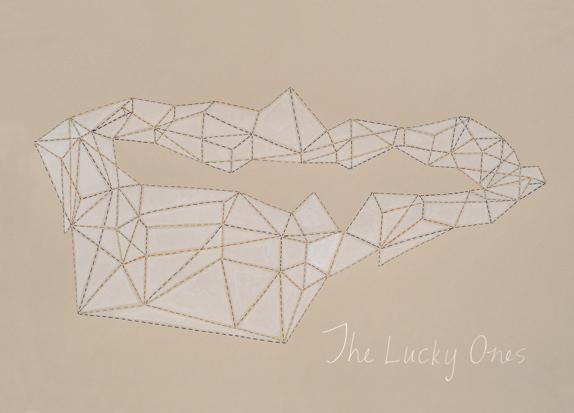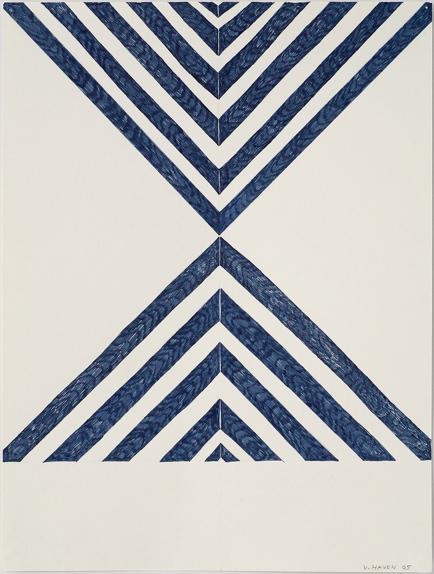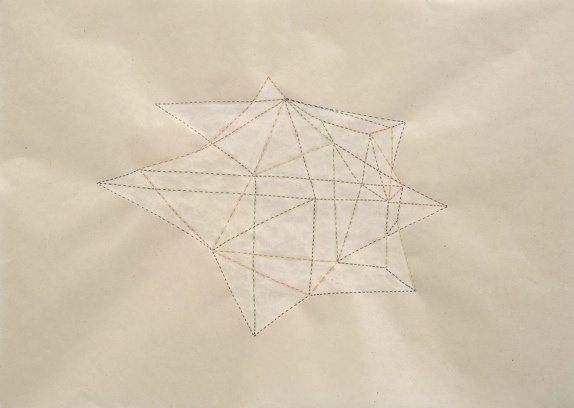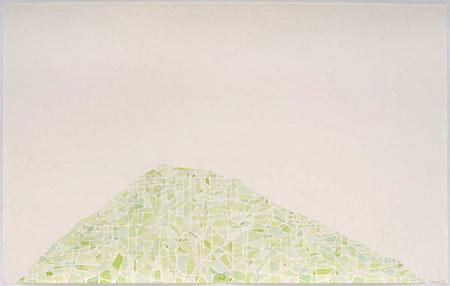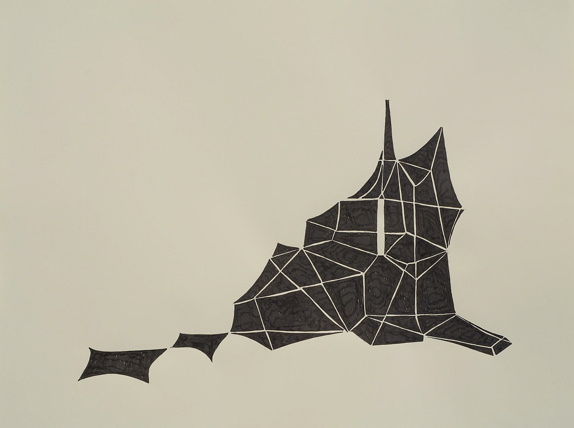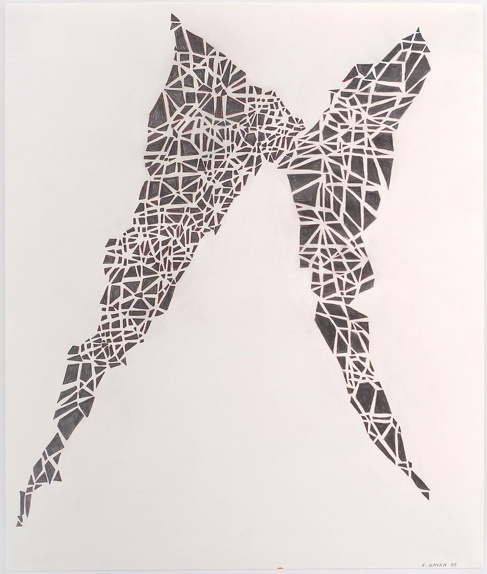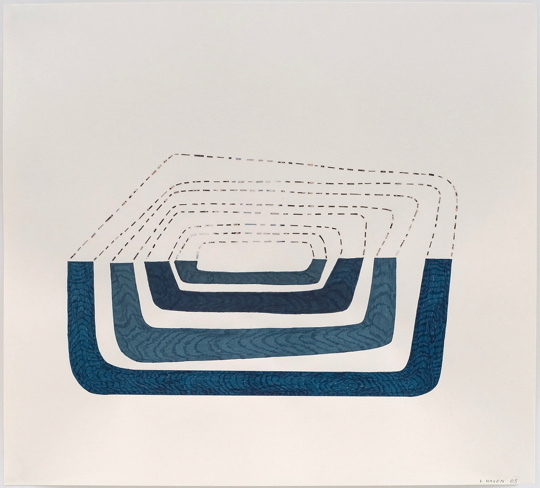New drawings
Following is an interview with the artist, Victoria Haven
PDX What is the significance of the title of your show The Lucky Ones?
VH The title refers to several different things. It’s a reference point or a navigational signpost from which to view the work. There’s an active questioning of perception and of the choices made in creating, viewing and organizing the work. The title pushes it toward a conceptual critique of the art practice itself, of how and why certain pieces make it and some aren’t so lucky.
PDX How does this body of work relate to your previous work?
VH The Lucky Ones is a continuation of ongoing concerns about perception, multiple views and collapsing space that my work has focused on over the past ten years. This series of drawings has the additional layer of critiquing the art practice itself--the process of selection, the value of emphasis and questioning relevance.
PDX How do you select materials and how important are the materials?
VH Very important. I spend a lot of time selecting the papers and inks. The weight and the texture of the materials are integral not only to the end result but to the process itself. They have to sustain the space and create mobility. This selection of the materials is the jumping-off point for the conceptual concerns of The Lucky Ones.
PDX Are any of these works designed by computer?
VH No, they aren’t. Many people have asked me about this. The work is all made by hand. Design isn’t a part of the process. The dimensions and space that I’m creating are organic abstractions (which doesn’t mean that organic is natural or on the other hand that this is like automatic drawing. Choices are made each step of the way). That’s where the nebulous idea of luck comes into it.
PDX Do you consider these works purely abstract?
VH Yes and no. They are more abstract than my previous show’s landscapes but they also possess elements of landscape, the repetition and the rhythm have the recursion of landscape and space. These drawings aren’t about removal of space but about the possibility inherent in it expressed through the materials. There has been much made of the mathematics of abstraction, with the emphasis mostly on the idea of reduction, but for me this abstraction is about multiplication—space expands and contracts, at many different rhythms, and from multiple viewpoints.
PDX Is there a specific place you would like these drawings to take the viewer?
VH That’s also part of the luck element in the work — or the randomness. The sequencing of the work directs the viewer in some ways but it’s also dreamy and unknown and prone to slippage. Space without slippage might be a place but I’m more interested in a place that is on the move.
